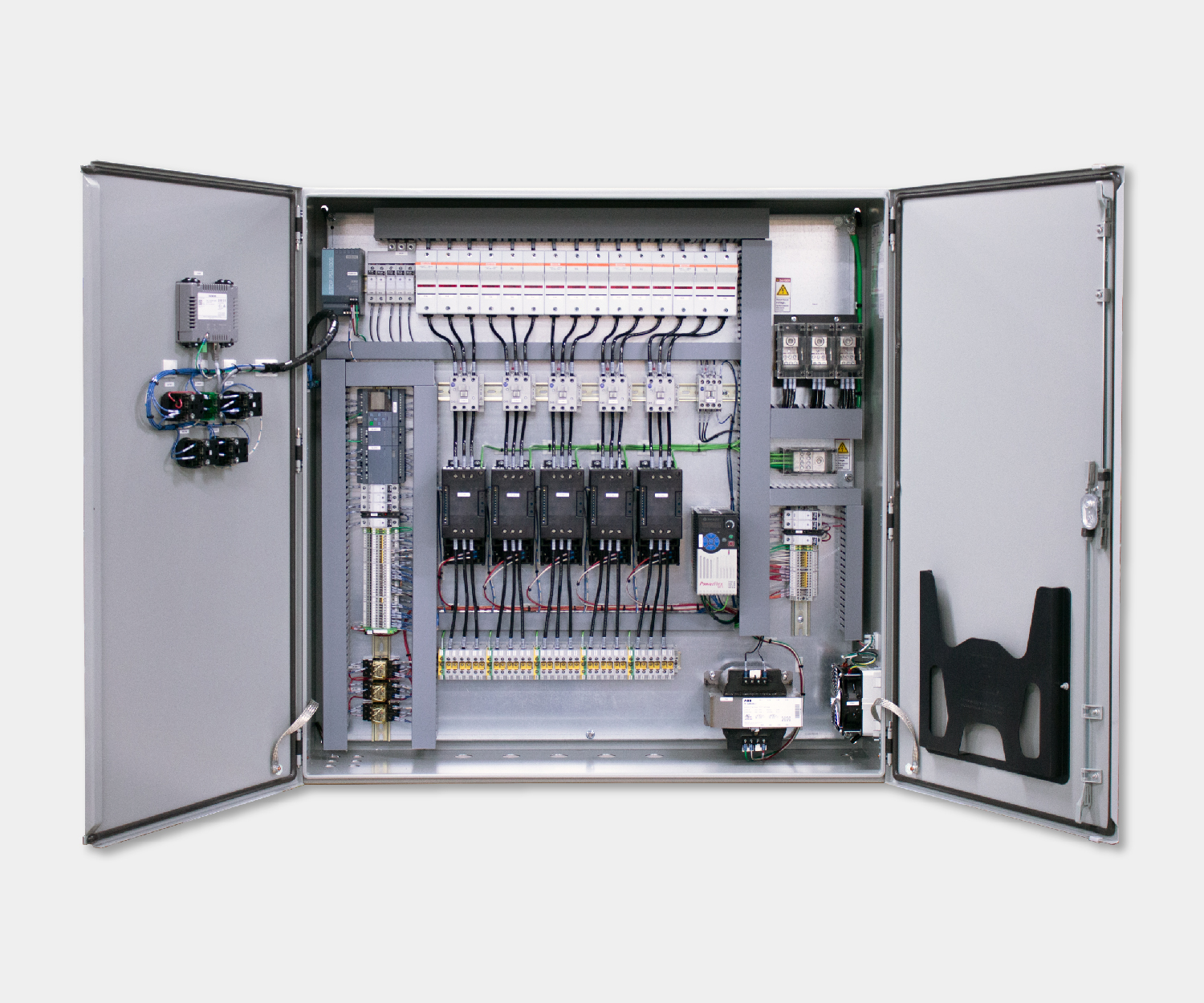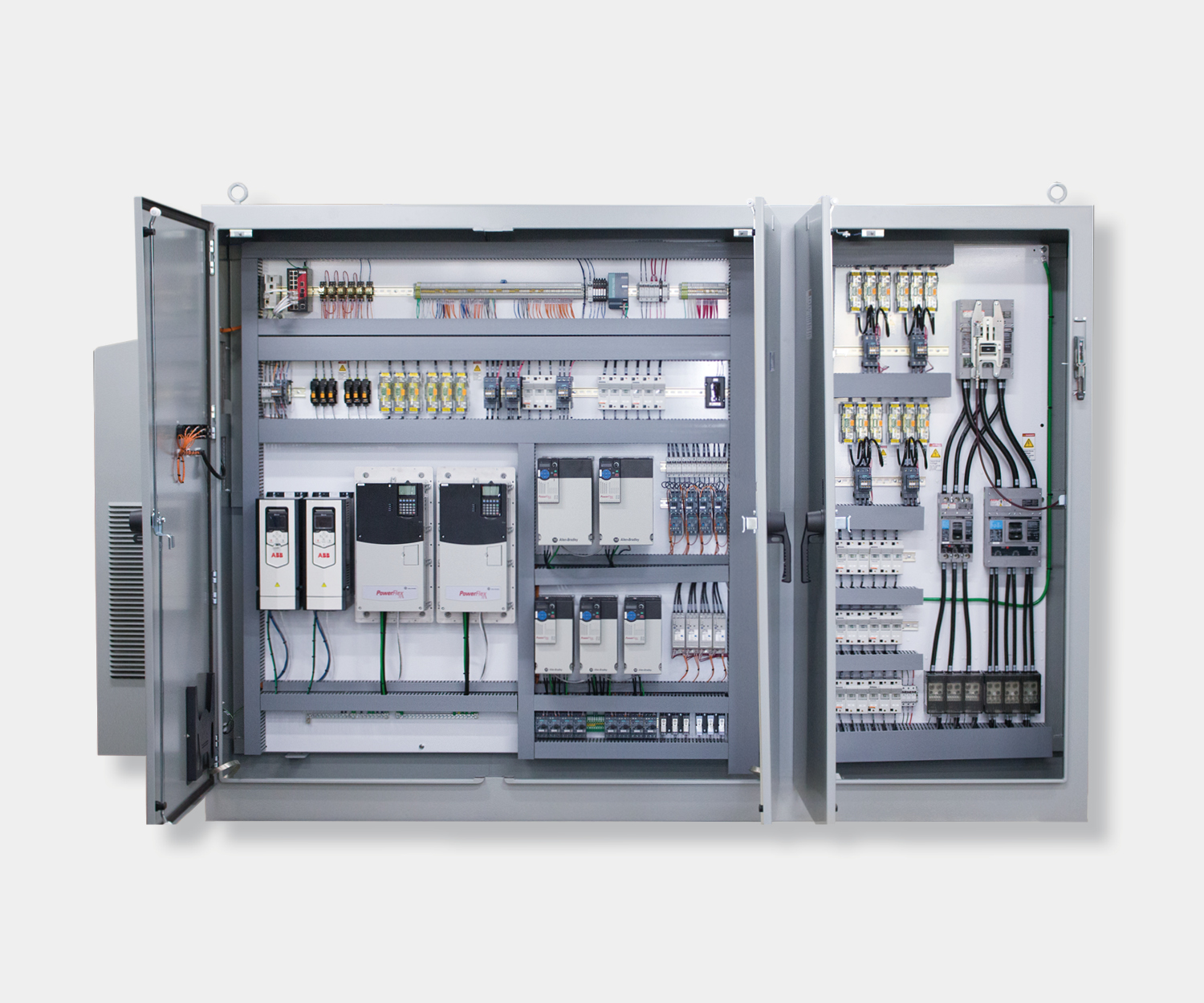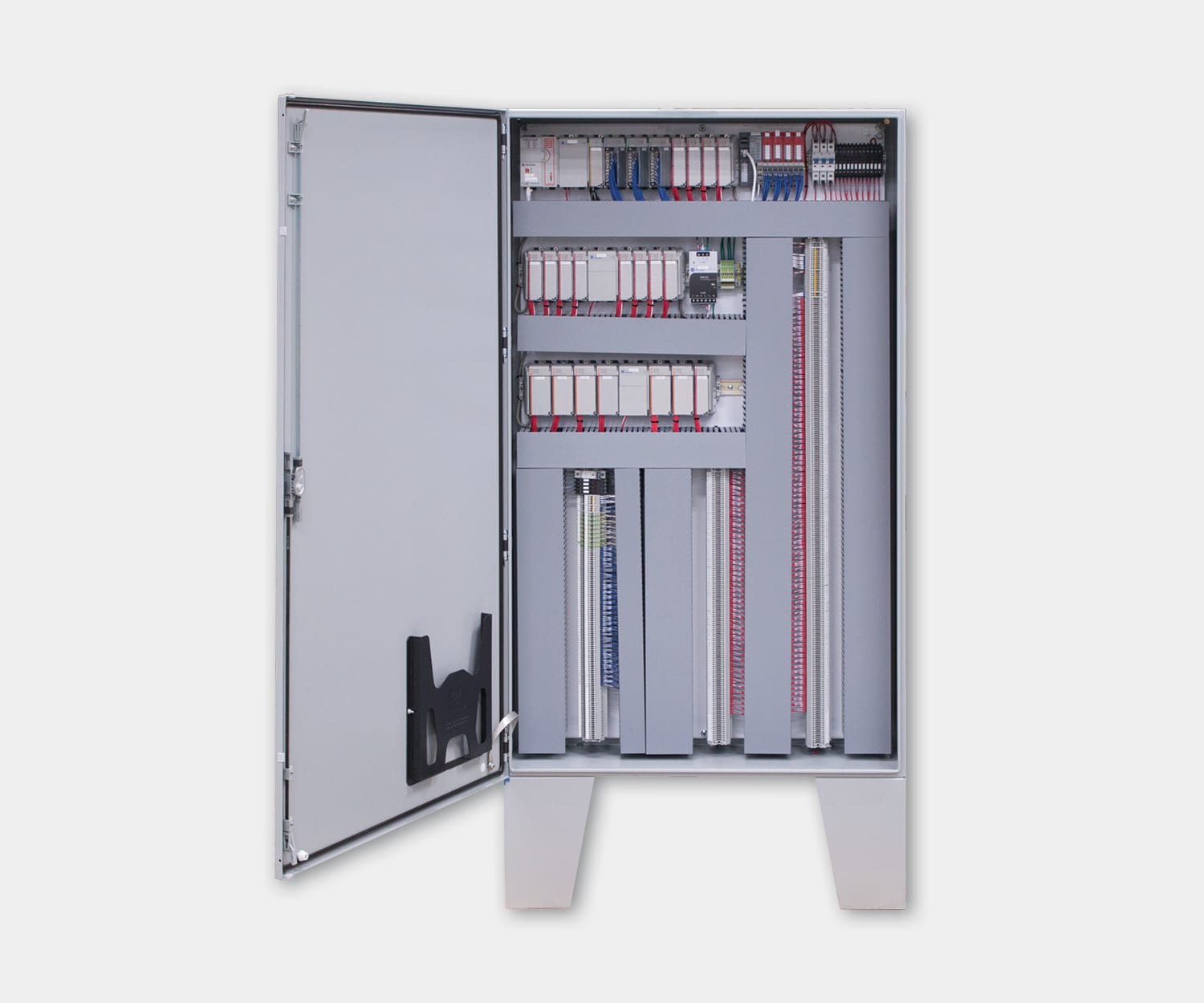As control systems age, they can become outdated, costly to maintain, and cause unnecessary disruptions. While upgrading to a modern control system can provide a significant boost to the performance and efficiency of your operations, it is important to be aware of the inherent risk of downtime associated with the migration process. By being aware of the risks and following the strategies outlined in the guide, you can work to minimize downtime during your control system upgrade.
Conduct a Full Systems Audit
Before attempting to migrate to a new control system, its important to gain a complete understanding of your system requirements and functions. Understanding every aspect of your system, including power requirements, what devices each PLC is controlling, and how your SCADA software ties into your existing PLCs and HMIs will help prevent you from making changes that are incompatible with your equipment, or that doesn’t provide the level of functionality you need.
Employing the help of a systems integrator during this phase can be beneficial, as an experienced integrator will be able to identify areas that may cause issues and plan for how to address them ahead of time. Additionally, a systems integrator will determine if the existing wiring is sufficient for reuse, review documents and drawings to ensure accurate and up-to-date information, and verify there is enough room in your panels for the upgraded components.
Phased Migration vs. Full Replacement
Every controls upgrade will require a different approach based on various factors, such as time availability, system complexity, or the specific manufacturing process involved. Depending on these factors, you may consider whether to use a phased approach for migrating to a new control system or replacing everything altogether.
A phased migration strategy may be a less disruptive and more cost-effective solution when attempting to perform large-scale or complex system upgrades. The advantage offered by a phased migration strategy is it breaks the project down into smaller tasks that minimize risk by narrowing the focus of the work being performed. With a more narrowed focus, a phased migration strategy enables shorter downtime intervals and allows other portions of the existing system to remain intact to fall back on.
An example of a phased migration may include replacing operator stations and HMI displays in phase 1, upgrading the PLC and associated I/O in phase 2, and then moving on to the next location to repeat the process.
The disadvantage of a phased migration is that without careful planning, it can take more time overall to perform the upgrades. This happens when projects get unintentionally extended out over a longer period due to availability issues or increases to the scope of work. This can also lead to incurring additional start-up or administrative costs, which increases the overall cost of the project.
Alternatively, a full system replacement may be advantageous in a situation where you have a set window of time during scheduled maintenance to get the project done, or if your specific manufacturing process requires the project to be completed all at once. A full system replacement can also minimize redundant labor that would otherwise have to be performed in a phased migration. In some cases, the overall downtime associated with a full system replacement can be less than a phased migration strategy that requires repeated short spans of downtime.
Update Software at the Same Time
Once you have upgraded your controls hardware, it may be a good time to update your associated software programs too. Software programs should be rewritten for compatibility with your new hardware components and to ensure standards have been met for security and communications. Additionally, taking the time to include modern software features and capabilities can help maximize the performance and utility of your new systems.
About Process Solutions
Located near Seattle, Washington, Process Solutions has over 30 years of experience providing high quality and reliable control systems. With over 100 engineers and technicians on staff and an output of over 3,000 industrial control panels per year, Process Solutions is the Northwest largest control systems integrator. In addition to custom control panel design, build and commissioning, Process Solutions’ control systems services include PLC and HMI programming, robot system integration, energy management and refrigeration systems, SCADA software, and DAQuery machine monitoring software.






























